Last year, my final western hunting trip of the season came down to a simple setup for bow hunting whitetails: one ground blind positioned between two converging river bottoms, surrounded by a scraggly mix of alfalfa and weeds. No elaborate tree stand or complex wind strategy; just a blind placed where deer naturally funnel between feeding and bedding areas.
This has been the year of blind hunting for me: early-season antelope over water holes, patternable deer on limited green vegetation. When you’re targeting whitetail deer hunting opportunities out west, sometimes the most effective approach is the simplest: put yourself in the middle of their movement pattern and let them come to you.
Setting Up for Western Hunting Success
The setup was simple. Two river bottoms merge at this location, creating a natural travel corridor. Deer moving between bedding cover in the cottonwoods and feeding in the alfalfa have to pass through this junction.
With vegetation as sparse as it’s been this year, they’re not wandering randomly. They’re hitting the greenest patches they can find.
I positioned the blind in the center of what passed for decent alfalfa. Most of the field was a mix of sparse green and weeds, but this spot had the best forage available. In a year with abundant green-up, you might have multiple setup options. When vegetation is limited, deer concentrate on whatever high-quality feed is available, which makes their movements more predictable.
I like to use HuntWise’s WindCast feature to model scent dispersion before I set up my blinds. It helps me pick the right location based on wind direction and approach routes, which can make the difference between getting busted and staying undetected. The app lets you see the forecast for weeks out so you can plan the day by day easily.
The blind faced multiple directions with prepared windows, since bow hunting whitetails from a ground blind requires flexibility. Deer rarely cooperate with your ideal shooting scenario. They circle, they approach from unexpected angles, they stop where you don’t want them to stop.
Your setup has to account for that reality.
The Blind Shuffle of Whitetail Deer Hunting
A mature buck entered the field and worked his way around the perimeter. I watched through the mesh, tracking his movement, calculating when to make my adjustments. He was heading for the back window setup, right where I wanted him.
Then he changed course.
This is where whitetail deer hunting gets technical. I had to unzip the back window quietly, only to have him clear that angle completely. The front window became my only option. I eased it down, repositioned my body in the confined space, and drew back with my bow.
Every movement had to be deliberate. Undoing zippers and shifting position make noise. Drawing a bow in a cramped blind requires practice and body awareness. One rushed motion would send him bolting back to the river bottom.
At full draw, my top cam clipped the blind’s framework. It wasn’t a catastrophic hit, but enough to drop my point of impact slightly. The arrow released, and I knew immediately it was lower than intended, just clipping the bottom of the heart rather than center-punching it. The buck kicked and took off, showing the classic reaction of a solid but low heart shot.
Lesson learned. During the moments of shuffling, I certainly neglected to pay attention to my top cam. I was more focused on making sure my broadhead was launching above the blind’s window edge than on checking cam clearance. I got lucky — the impact wasn’t catastrophic, but it’s a great opportunity to learn from that in-the-moment mistake.
This is the reality of western hunting. Things don’t always go perfectly. Blinds interfere with your shot. Animals don’t cooperate.
Your job is to adapt and execute despite imperfect conditions.
Bow Hunting Whitetails: Lessons From River Bottom Setups
This hunt reinforced what I’ve learned throughout years of targeting whitetails in open country: Placement matters more than complexity.
When you identify where deer are moving and why, you don’t need elaborate setups. A well-positioned blind in a travel corridor between bedding and feeding beats a dozen random stands scattered across the landscape.
The key is reading the terrain. River bottoms provide security cover with their cottonwoods and thick brush. Open fields provide nutrition. Deer moving between these two needs create patterns you can intercept.
Position yourself at that intersection point, prepare multiple shooting options, and be ready to adapt when they don’t approach exactly as planned.
The blind itself is your tactical advantage. It conceals movement that would spook deer from a tree stand, allows you to reposition during the shot sequence, and provides flexibility that open-ground hunting doesn’t offer.
But it also demands precision. Every window adjustment, draw cycle, and shift of position has to be executed cleanly.
Closing Out the Season
As I knelt beside this mature buck, surrounded by golden cottonwoods in full autumn color, I knew I couldn’t have asked for a better way to close out my western hunting season. Not because everything went perfectly (it didn’t), but because the hunt required real adaptation, effective problem-solving, and meticulous execution despite the obstacles.
That’s what makes bow hunting whitetails rewarding: not perfect conditions or ideal scenarios, but the ability to capitalize on opportunities when they present themselves, even when circumstances aren’t ideal. When you feel like a needle in a haystack and you still notch that tag in the wide-open West, you’ve earned some new stripes as a bowhunter.



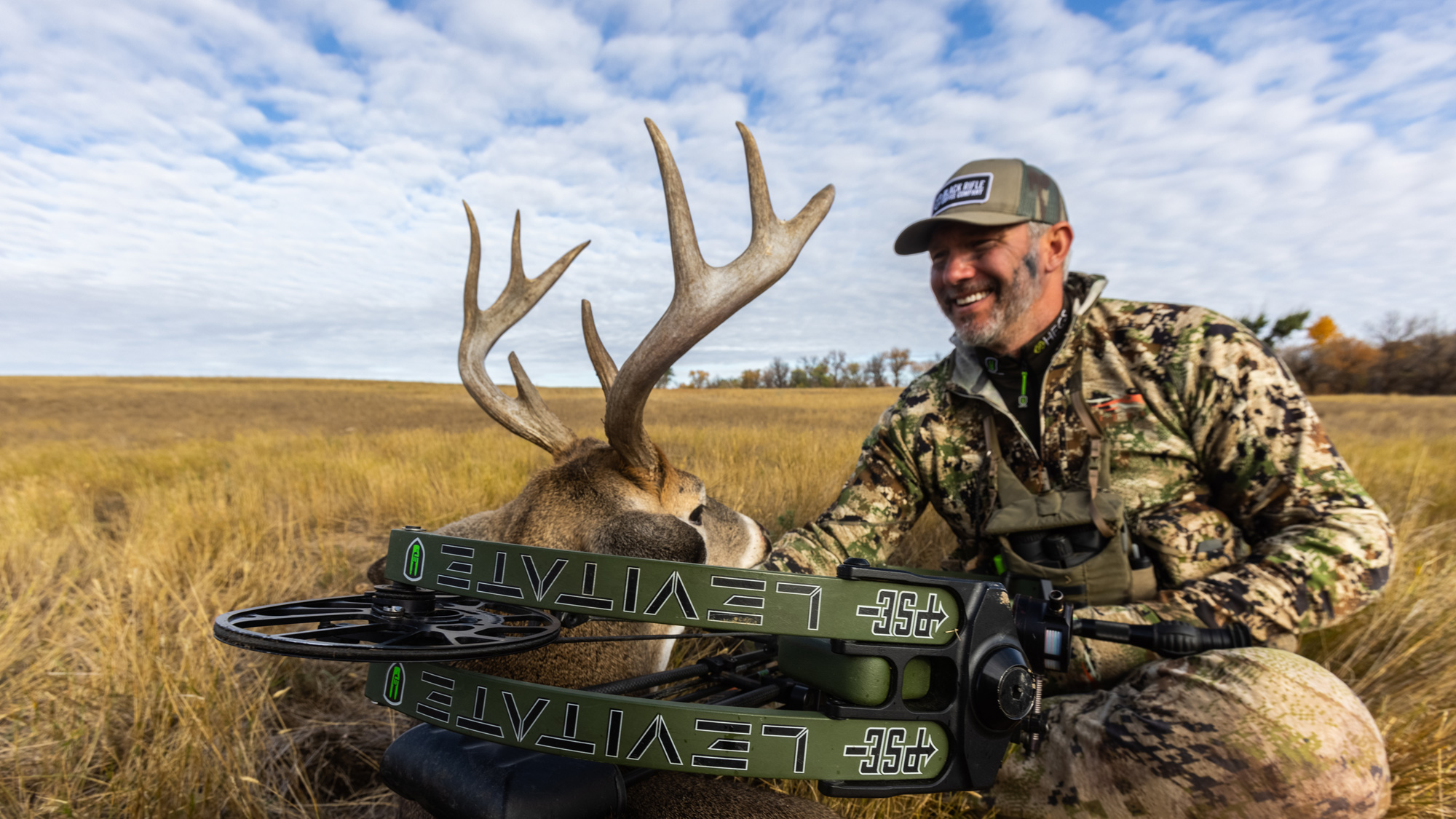
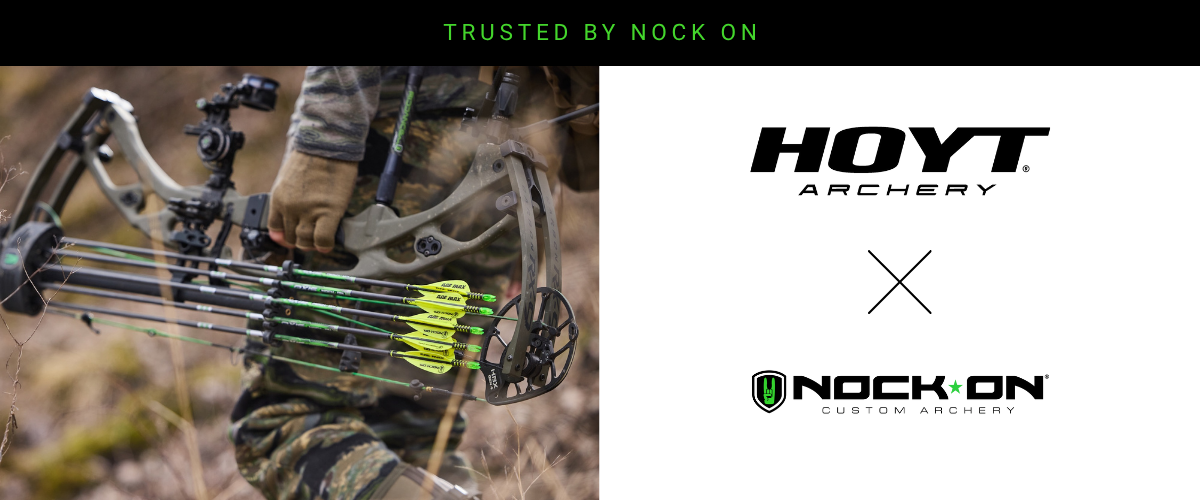
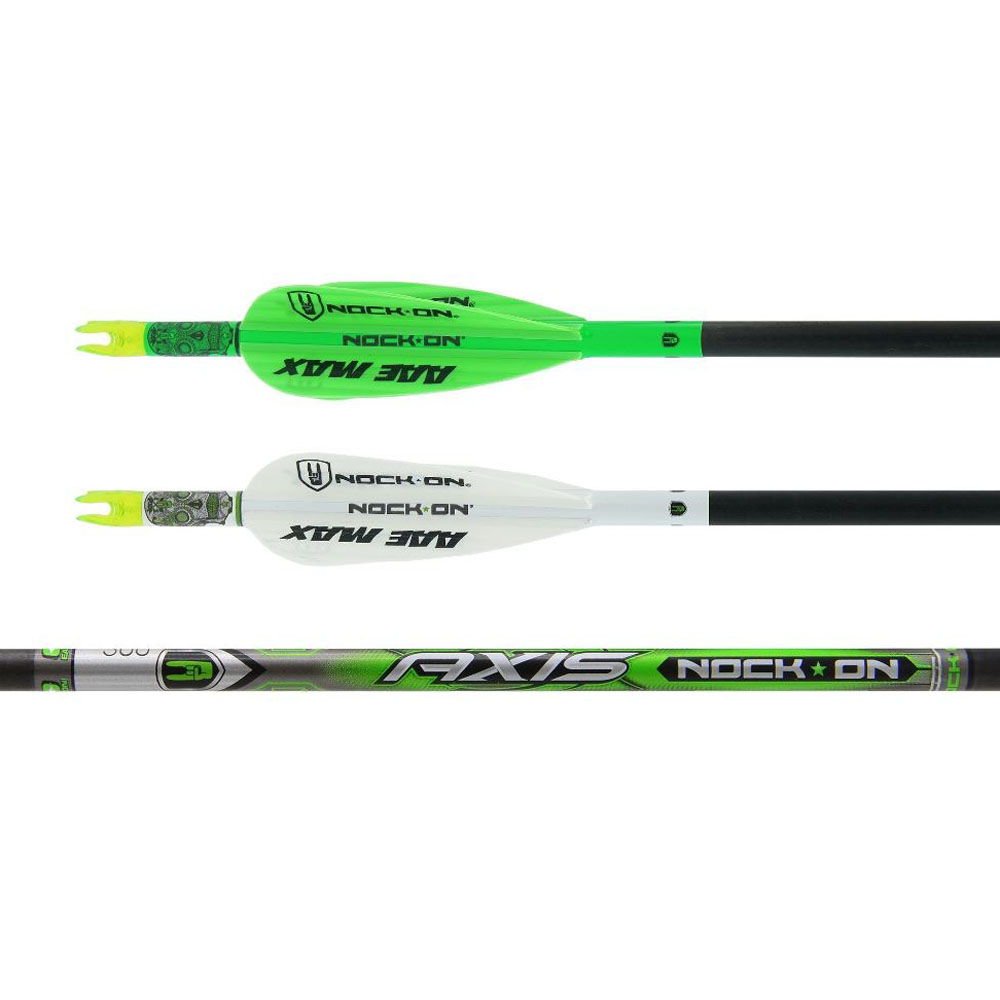

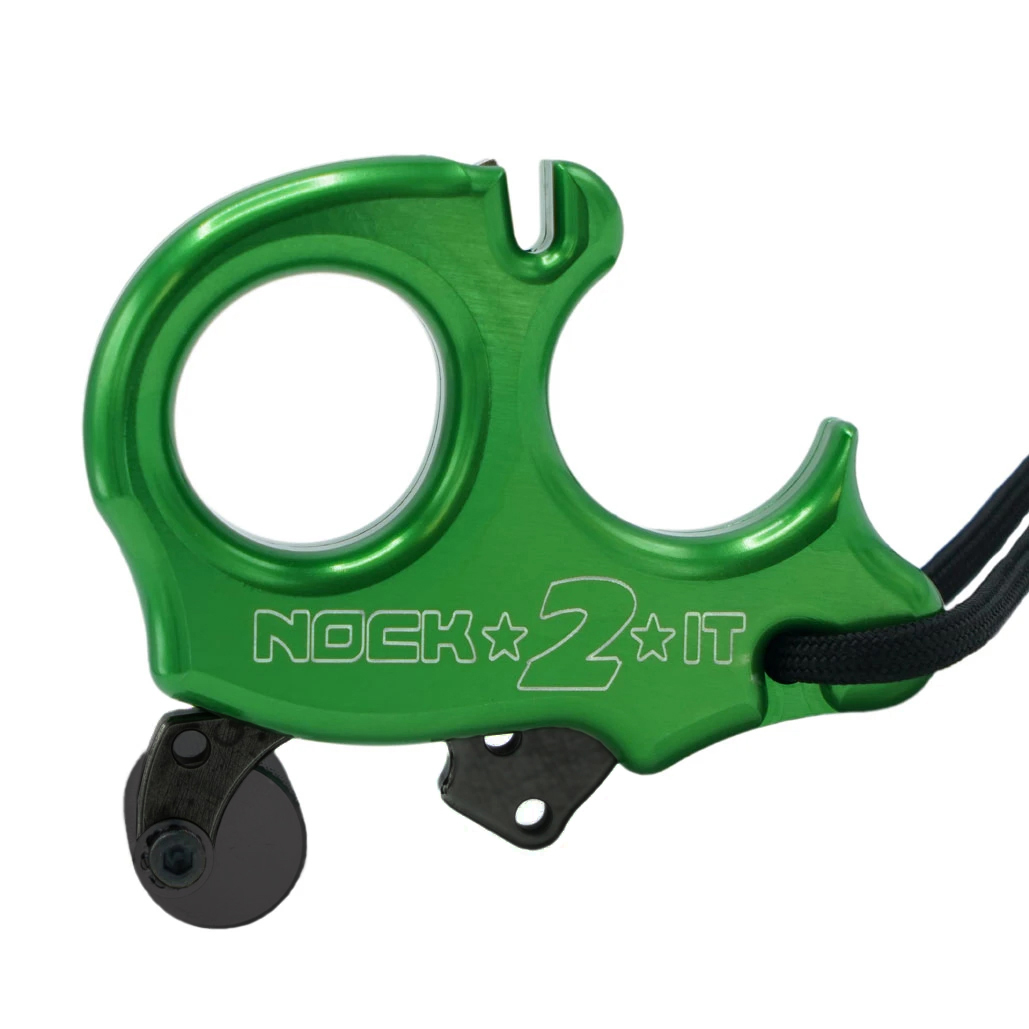
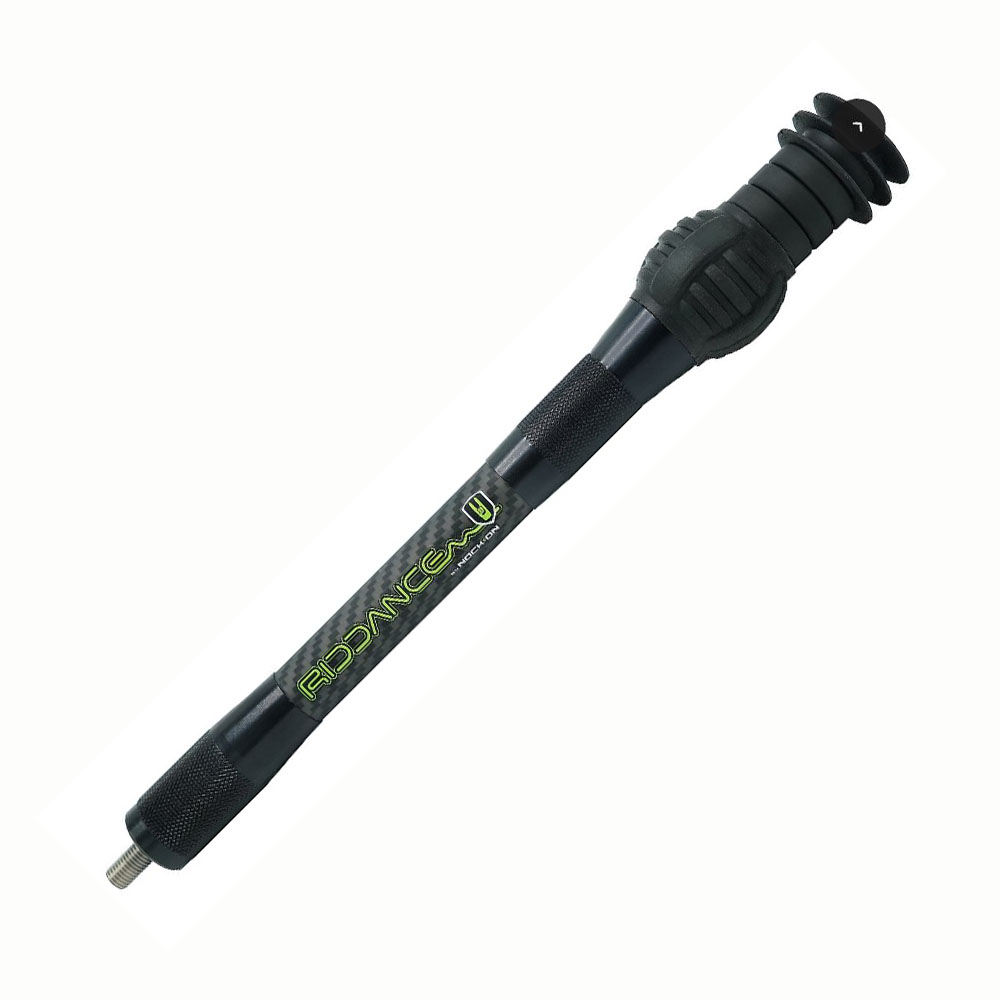

 massmonopoly
massmonopoly